Septic Service Timing and Benefits

Spring is an ideal time for septic service to ensure systems are functioning properly after winter.
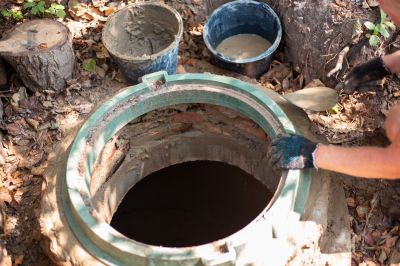
Fall offers a good opportunity to prepare septic systems for winter conditions.
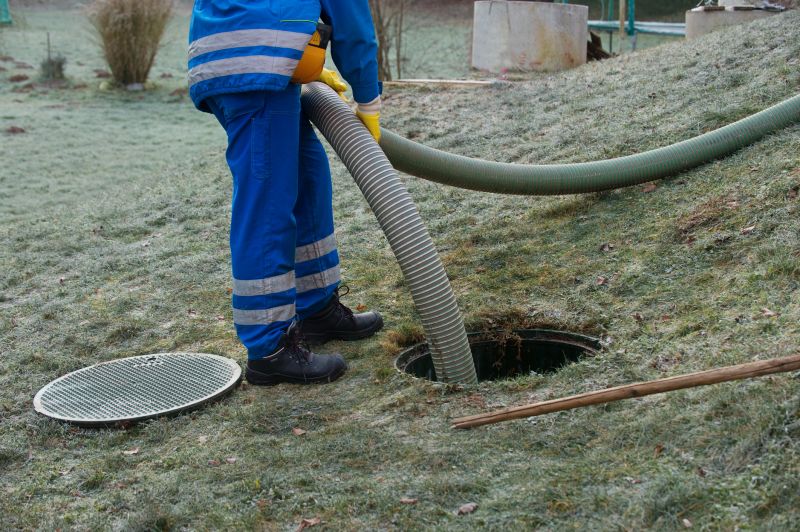
Regular inspections, typically every 3-5 years, help prevent costly repairs.
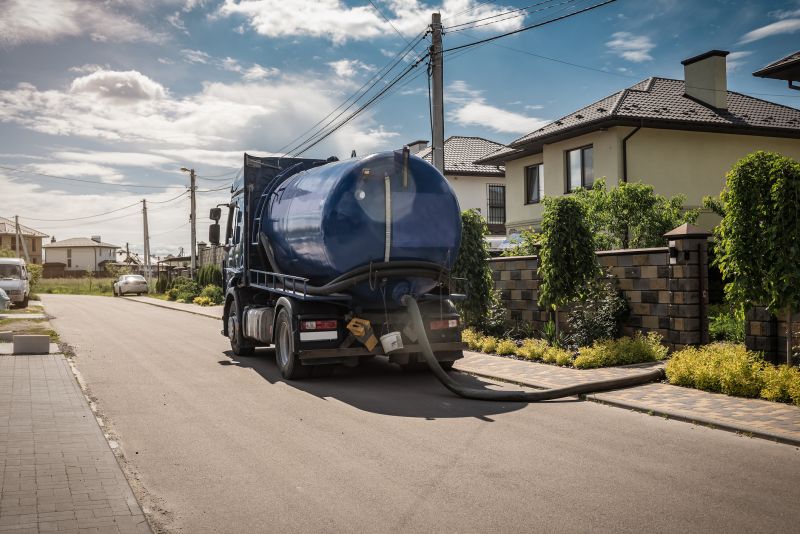
Ways to make Septic Service work in tight or awkward layouts.
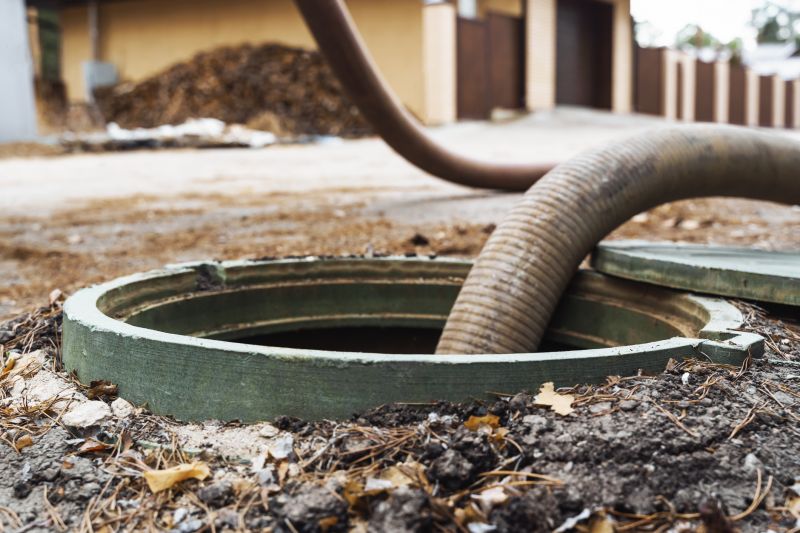
Popular materials for Septic Service and why they hold up over time.

Simple add-ons that improve Septic Service without blowing the budget.
Septic service involves the maintenance and inspection of septic systems to ensure proper waste processing and prevent system failures. Regular servicing can extend the lifespan of a septic system and avoid costly repairs. Proper timing of service depends on usage, system size, and local conditions.
Statistics indicate that neglecting routine septic maintenance can lead to system failures, which may result in environmental hazards and expensive repairs. Typically, septic tanks should be inspected and pumped every 3 to 5 years, but this can vary based on household size and usage patterns.
Slow drains, foul odors, or standing water near the drain field can signal a system issue.
Preventing backups, extending system life, and maintaining property value are key benefits.
Household size, system age, and local soil conditions influence when service is required.
Avoid scheduling septic service during extreme weather to ensure proper access and effectiveness.

Technicians evaluate tank condition and check for blockages.
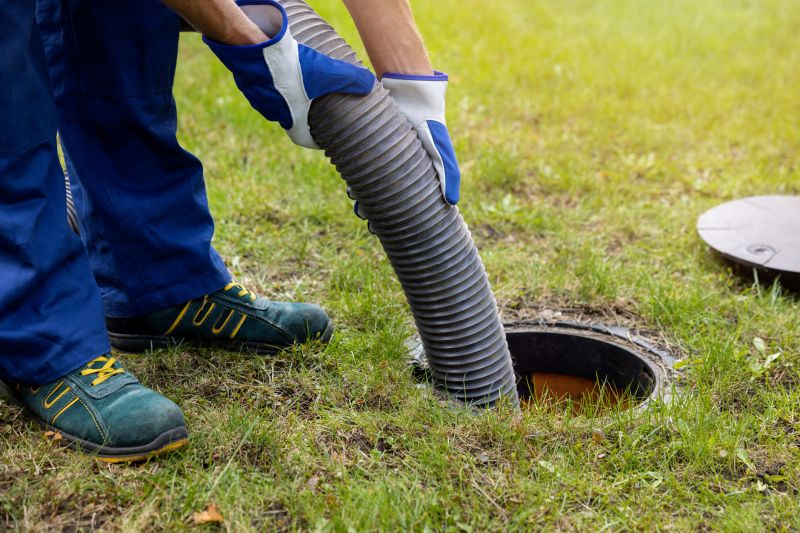
Removing accumulated sludge to prevent system overload.

Ensuring proper function of the absorption area.
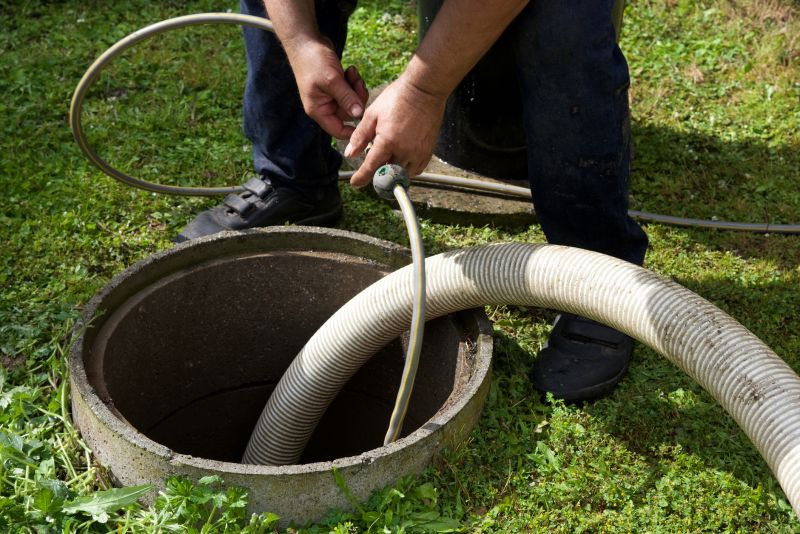
Final inspection confirms system readiness and functionality.

High-end options that actually feel worth it for Septic Service.

Finishes and colors that play nicely with Septic Service.
| Septic Service Activity | Best Time to Perform |
|---|---|
| Inspection and Pumping | Spring or Fall |
| Drain Field Inspection | Spring or Fall |
| Routine Maintenance | Every 3-5 years |
| Post-Construction Inspection | Immediately after installation |
| Emergency Repairs | As needed |
| Seasonal Preparation | Before winter or summer |
| Troubleshooting | As symptoms appear |
Maintaining a septic system requires understanding the optimal times for service. Regular inspections and pump-outs are essential to prevent system failures and avoid environmental hazards. Scheduling service during moderate weather conditions ensures better access and effectiveness.
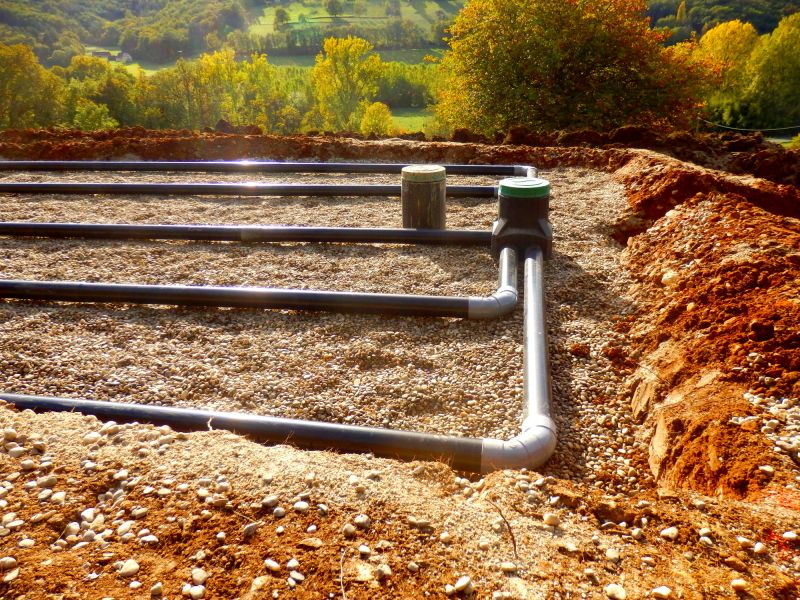
Includes tank, drain field, and distribution box.

Utilizes cameras and sensors to assess system condition.

Specialized vacuums remove sludge and scum.
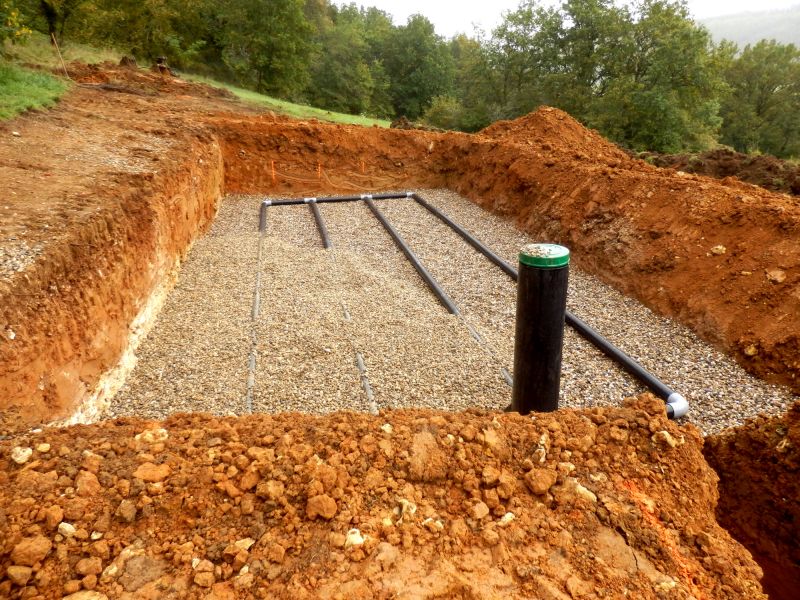
Tools to evaluate soil absorption and prevent clogging.
Proper timing for septic service can prevent costly repairs and environmental issues. Regular maintenance, aligned with seasonal changes and usage patterns, ensures the longevity of the system. Consulting with a septic professional can help determine the best schedule for individual needs.
Interested in scheduling septic service or learning more about maintaining a septic system? Filling out the contact form provides a convenient way to connect with local experts in West Covina, CA.

